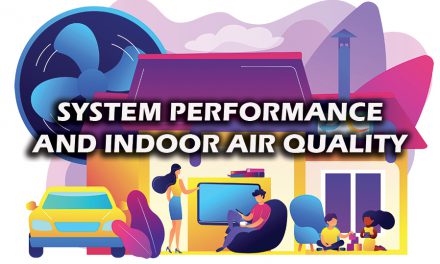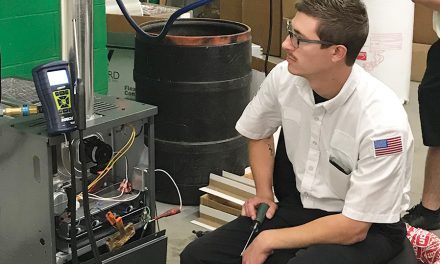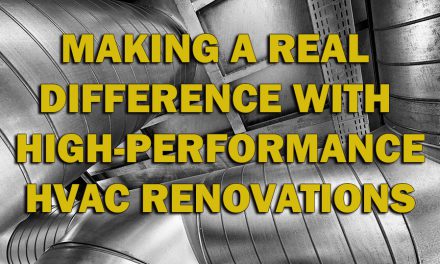When were draft diverters invented, and why? How are the functions of a draft diverter explained? Are some draft diverters today used as intended, or have they been modified from their original design? Do draft diverters perform as intended? If they do, would this be considered a safe operation? Most answers to these questions are based on misconceptions. You rarely find them answered correctly.

The original design of Draft diverters, once called “down-draft diverters,” was to keep the flue from connecting to vented equipment. The early products most likely appeared in the late 1930s or early 1940s after a surge in demand for natural gas equipment with standing pilots. By the way, during those days, gas processed from coal was also listed as natural gas.
Some History
One of the first patents listed for downdraft diverters was for Rheem® water heaters in the 1940s. Though furnaces were not mass-produced until 1937 (by the Richardson & Boynton Co.), there were many gas water heaters, boilers, and ovens at the time.
Down-draft diverters originally helped minimize pilots from blowing out on gas-fired equipment under windy conditions. Baltimore Automatic Shut Off (BASO) created the gas safety shut-off in 1934, but early gas safeties only turned off the main gas, not the pilot gas. So if the pilot went out, it was important to re-light it as soon as possible. This was the responsibility of the gas company and quite a nuisance. The solution was the invention of the downdraft diverter.

round or mushroom-shaped.
Before down-draft diverters, the only devices used in flues were single-acting barometrics designed for wood, coal, and oil-fired equipment. These regulated draft and helped control combustion.
However, these barometrics were not effective on gas equipment with standing pilots because they did not relieve downdrafts. Double-acting gas barometrics were not yet invented.
All original down-draft diverters were round or mushroom type.
A deflector plate centered inside the down-draft diverter re-directed flue down drafts into the room rather than into the equipment. This would also send all the combustion gases into the room if the burners were operating.
In those days, this was less of a nuisance.
Before going forward, I think the theory behind atmospheric venting could use some better explanation.
Atmospheric Venting Theory Is Often Misunderstood
From many articles I read and some wonderful videos on YouTube, the common thread seems to be that atmospheric equipment relies on positive buoyancy. Positive buoyancy is the principle of a dense material displacing a less dense material and causing it to float or move in an upward motion.
Click Below for the Next Page:













Nice article on draft diverter hoods.
I am interested in reading more about the white powder on flue pipes
I am retired now after working 45 years doing heating repairs. Twice I attended NCI’s combustion safety classes with Jim as the instructor. The thinking then was, if you didn’t measure, you didn’t know. Those words made so much sense to me.
The digital analyzer became the best investment that I could have made. It was expensive but very dependable and accurate. There were several times that I was able to track down and resolve CO problems.
By measuring, I found out that what I was seeing in a flame was at times not what the analyzer was seeing.
Following the protocol established for parameters that was provided by NCI kept me on course for not needing to make return calls on something that was serviced the first time.
It’s a good feeling to be able to say that you had a hand in finding problems that could have been serious enough to end up really bad.
Thanks NCI, thanks Jim
.
This is some great writing! I thought I knew draft hoods pretty well… I guess I do a bit better now. Thanks!